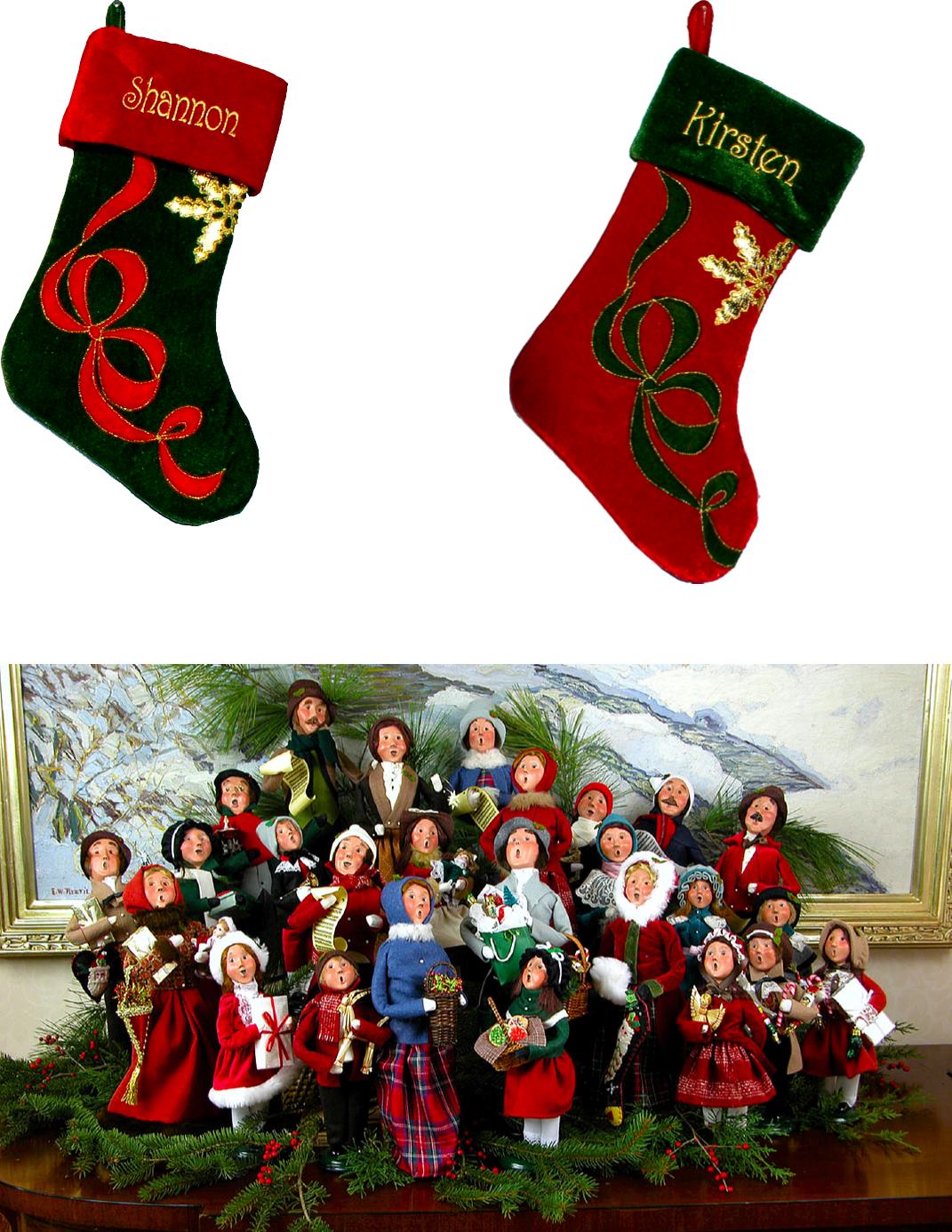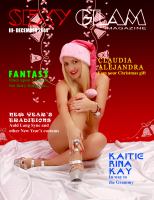

78
-
SEXY GLAM
MAGAZINE - DECEMBER 2014
crafts-
man
guilds
during the
Renais-
sance. After
the Protestant
Reformation,
trees enjoyed
a surge of
popular-
ity among
Protestant
house-
holds as
coun-
terparts
to
the
Catholic
nativity
scene.
Caroling
Christmas carols grew out of the first
Christmas hymns, which developed in 4th
century Rome. While these Latin hymns
were sung in church for generations, the
first true carols developed in France,
Germany, and Italy in the 13th century.
These carols, written in the vernacular
language of the area they were composed,
were enthusiastically sung at commu-
nity events and festivals. They were
not composed specifically as Christmas
carols, but rather as conglomerate holiday
songs that were sung at many separate
festivals and celebrations. Later on,
the songs would become associated
primarily with Christmas and sung
in numerous churches. Carols
in Protestant churches were
much more numerous, since
the Protestant movement
encouraged the arts,
especially music. The
modern practice of going
door-to-door caroling
likely has something to do
with the root word for carol,
“carole” or “carula” which
both mean a circular dance. The
practice may have developed out of
the public ceremonies that created the
first carols.
Boxing Day
Boxing Day is, as opposed to the rest of
this list, an instance where a secular holi-
day grew out of a religious one. In most
Eng-
lish
speak-
ing
countries,
Boxing Day
is traditionally
the day following
Christmas in which
people receive gifts
from their bosses or
employers. Today,
Boxing Day is known
as a shopping day
similar to Black Fri-
day. Many important
sporting events are
also commonly
held on the holiday.
Boxing Day grew
out of St. Stephen’s
day, a Christian holi-
day
that commemorates the
eponymous St. Stephen, the first Christian
martyr. St. Stephen was a deacon in an














